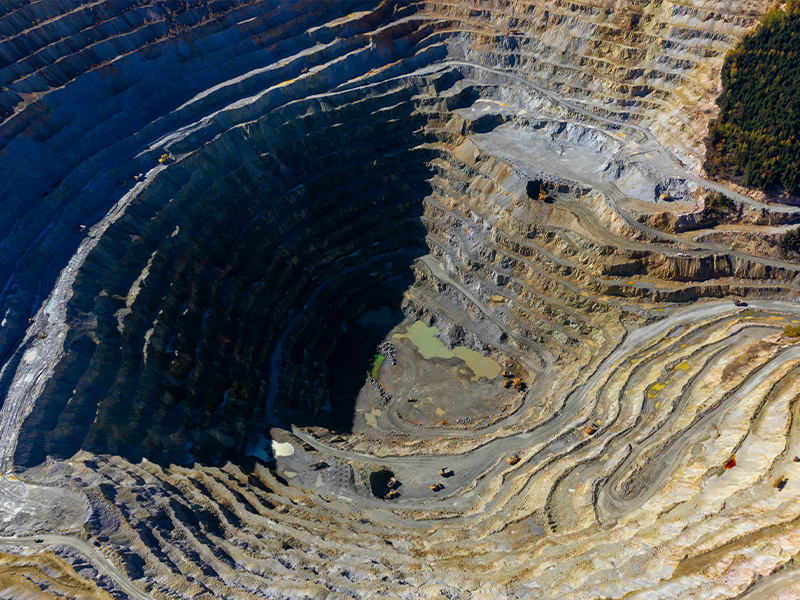Compromise
Certainly! Here's a rephrased version:
Lab-created diamonds, also known as man-made diamonds, are cultivated in controlled laboratory settings. They possess identical optical, physical, and chemical properties to natural diamonds but are typically more affordable due to their faster production process. Several factors drive consumers toward choosing lab-created diamonds over traditionally sourced ones.
Ethically, lab-created diamonds offer a sustainable alternative to natural diamonds. Produced in controlled environments, they have minimal impact on the environment and local communities compared to traditional mining practices.
In addition to their ethical advantages, lab-created diamonds are more budget-friendly. Their production in labs eliminates the costs associated with mining, such as extraction and transportation, allowing them to be sold at lower price points. For instance, Carat Creations lab-created diamonds are generally 50-60% less expensive than their mined counterparts.
Another appeal of lab-created diamonds lies in their customization potential. Unlike natural diamonds, which are graded based on the Four Cs (cut, color, clarity, and carat weight), lab-created diamonds can be tailored to meet specific criteria like color or clarity preferences. This level of customization is not feasible with natural diamonds.
Moreover, all Carat Creations diamonds above 2 carats are certified by independent laboratories such as the IGI (International Gemological Institute), accompanied by a grading report. This ensures transparency and quality assurance, reassuring consumers of the value they receive.
Overall, lab-created diamonds provide a compelling alternative for consumers seeking ethical sourcing, affordability, and customization in their diamond purchases.









